40+ signs of a vitamin-deficient chicken (plus how to ensure your chooks get enough vitamins)
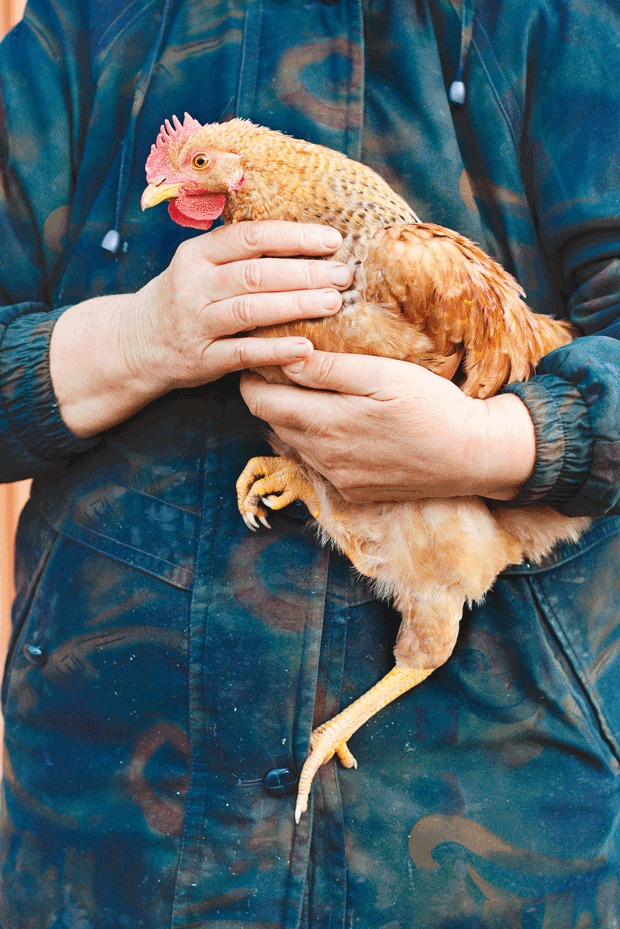
Vitamins are a tiny part of your flock’s diet, and if they’re missing, the signs can be confusing.
Words: Nadene Hall & Sue Clarke
If a chicken is limping, your first thought might be an injury. If it has dry, flaky skin, you might think it’s mites. If egg numbers start to drop, you may suspect a hen has a secret nest.
But these symptoms can also indicate a bird is suffering from a vitamin deficiency. You’re highly unlikely to see a deficiency if you’re feeding commercially made poultry feed, which contain a comprehensive mix of vitamins and trace minerals.
A deficiency is more likely to occur if a flock’s diet includes a lot of scraps, grains, and a free-range area that’s missing essential nutrients.
Other reasons include:
• a genetic fault, meaning a bird is unable to process nutrients from its diet properly;
• a vitamin deficiency in one or both parents at mating, which causes defects in chicks.
Nutritionally, the 13 vitamins poultry require make up a third of the ingredients in a commercial bag of feed. However, they represent a tiny fraction of it by weight, less than 0.1% depending on the product.
A lack of a particular vitamin can affect the uptake of other nutrients, leading to different symptoms, some of which look more like a disease or physical injury. Despite astonishing amounts of research into the poultry diet, little of it has looked at the role of vitamins.
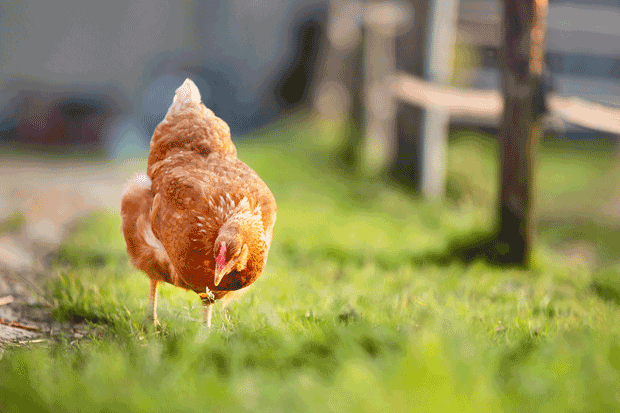
New research is showing the powerful impact of the addition of even tiny amounts of certain vitamins. For example, for a long time, vitamin C wasn’t considered of particular importance.
But in 2020, Dutch researchers found that adding vitamin C to the diet of poultry suffering from heat stress helped birds counteract its effects.
One is weight loss; when birds digest feed, it raises their body temperature, so the hotter they get, the less they eat. Adding vitamin C helped them grow. The same study also found adding extra vitamin A improved body weight gain, feed efficiency, and carcass yield.
The Avian Vitamin List
If you suspect your birds have a vitamin deficiency, it’s crucial to improve their diet. Even commercial feed deteriorates over time. It’s essential to use fresh bags of feed, especially starter rations for chicks.
1. VITAMIN A
Vital for a bird’s ability to grow, influencing organ development, cell growth, and for maintaining a healthy immune system. Depending on liver stores, adult birds can eat a vitamin A–deficient diet for 2–5 months before showing signs of a deficiency. In chicks, it can be from 7 days up to 7 weeks.
Signs of deficiency in chicks: slow growth; anorexia; drowsiness; weakness; incoordination; ruffled feathers; loss of yellow colour in legs and beaks; pale comb/wattles; pustules in the throat.
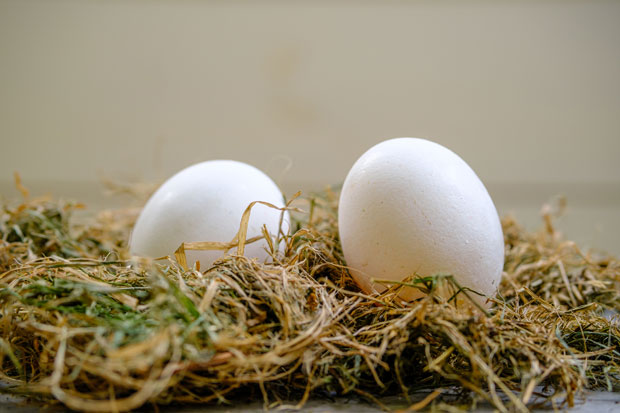
Signs of deficiency in adults: large drop in egg production; weight loss/emaciation; weakness; ruffled feathers; rough/dry skin; inflamed, weepy eyes oozing cheesy material; white-yellow mouth sores; pale comb and wattles; blood spots in eggs.
Causes: improper diet, heavy parasite infestation, a digestive condition, high temperatures, disease.
Treatment/prevention: regularly treat for parasites; add a vitamin A supplement to water for at least 2 weeks.
2. VITAMIN D3
Required for the absorption of calcium and phosphorous in bone development and eggshell formation.
Signs of deficiency in chicks: retarded growth; rickets (severe leg weakness/bowed legs, soft beaks and claws); trouble walking; squatting on their hocks; swaying; poor feathering; other skeletal disorders.
Signs of deficiency in adults: osteoporosis; poor eggshell quality (calcium pimples, thin or soft shells, small size) almost immediately, despite a diet containing the correct calcium and phosphorus content; falling egg production within 2-3 weeks.
Causes: improper diet; lack of sunlight or full-spectrum light for chicks in a brooder.
Treatment: vitamin D3 supplement, cod liver oil (65ml per 5kg), full-spectrum lights for chicks, eg grow lamps for plants that mimic sunlight.
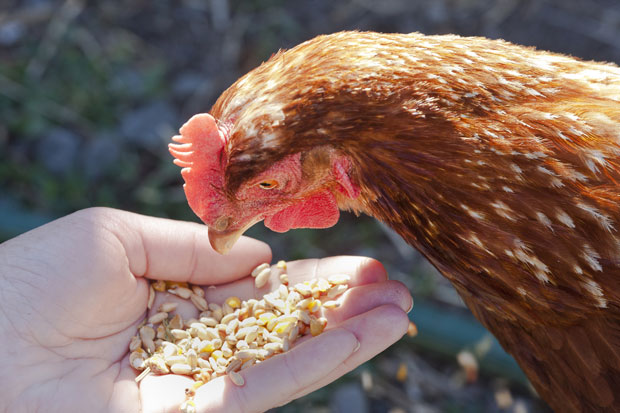
3. VITAMIN E
Essential for brain function, reproductive, muscular, circulatory, nervous, and immune systems.
Signs of deficiency in chicks: encephalomalacia; loss of muscle control/uncoordinated movements such as staggering and falling over; enlarged hocks; inability to walk or stand; sitting with splayed legs and/or ‘cycling’ the legs; wry (twisted) neck; blue-green skin; hanging crop.
Signs of deficiency in adults: loss of muscle control/uncoordinated movements; encephalomalacia; nutritional muscular dystrophy; reduced egg production; poor quality eggs.
Causes: improper diet; feed that’s too old, rancid, or poor quality; lack of vitamins and minerals for adults at the time of breeding; feed too high in linoleic acid (found in cooking oils).
Treatment: veterinary care and antibiotics to treat encephalomalacia, supplementation.
4. VITAMIN K
Necessary for blood clotting and bone health.
Signs of deficiency: excessive bleeding even from minor injuries; anaemia; haemorrhaging just under the skin and internally.
Causes: improper diet, eating rat bait.
Treatment: vitamin k supplements, feed grass, vegetables.
Prevention: supplement breeding stock with a vitamin/mineral mix containing vitamin K; give birds access to green grass and leafy vegetables such as fresh lettuce, spinach, and kale; keep anti-coagulant rat baits secure as some can cause a severe loss of vitamin K, with symptoms showing 3-7 days after ingestion.
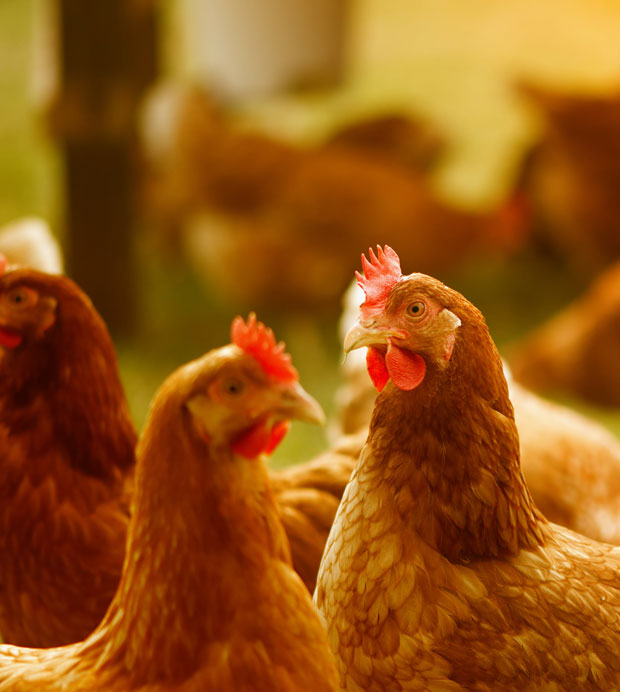
5. B1 THIAMINE
Crucial for digestion, appetite, and nerve health.
Signs of a deficiency in chicks and adults: lethargy; weakness; head tremors; marked loss of appetite; anorexia; ‘star gazing’ (head tipped back, looking straight up) – may fall over with head still tipped back.
Causes: improper diet, poorly processed fish meal.
Treatment: thiamine supplementation – chicks may need injectable thiamine if severely affected.
6. B2 RIBOFLAVIN
Promotes growth.
Signs of deficiency in chicks: reduced growth rate despite good appetite; diarrhoea; weakness; curly toe paralysis starting 8-14 days after hatching (intermittent flexing and curling of toes, resting on hocks, not walking, toes become permanently curled into a fist); rough, dry skin.
Signs of deficiency in adults: decrease in egg production; loss of yellow tinge to egg ‘white’; fertile eggs don’t hatch and embryos inside are stunted.
Causes: improper diet, poor quality or stale chick starter, riboflavin levels too low in breeding stock diet.
Treatment/prevention: B₂ supplement, always use fresh, high-quality chick starter (less than 2 months old), splint toes or make a ‘shoe’ out of thin cardboard to help birds with curled toes.
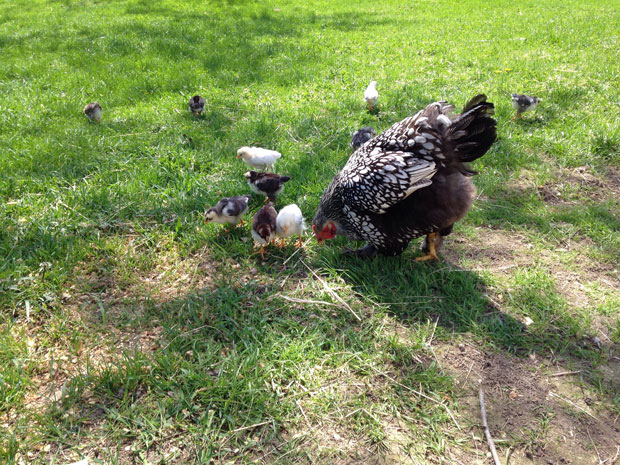
7. B3 NIACIN
Essential for bone health, growth, and development.
Signs of deficiency in chicks: swollen hocks; bowed and/or twisted legs; poor feathering; dermatitis on the head and feet; loss of appetite; retarded growth; weakness; diarrhoea; black tongue.
Signs of deficiency in adults: weight loss; lowered egg production; big decrease in fertile egg hatchability.
Causes: improper diet
Treatment/prevention: supplement chicks and breeding birds with brewer’s yeast, fish, sunflower seeds.
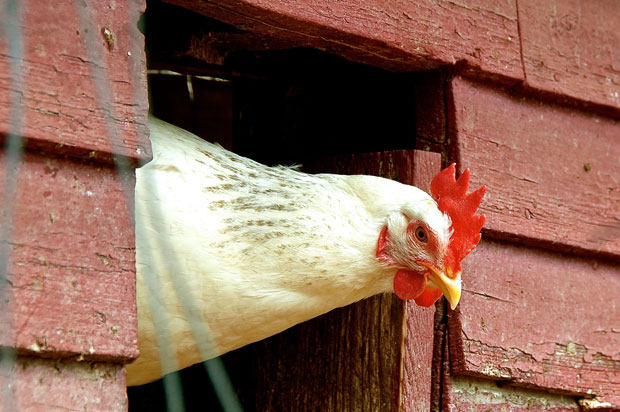
8. B5 PANTHOTHENIC ACID
Critical to production of red blood cells, sex hormones, and stress-related hormones. It’s rare for a poultry diet to be low in B₅. A deficiency can look similar to a B₇ Biotin/vitamin H deficiency.
Signs of deficiency: fertile eggs die in late stages of incubation; chicks hatch extremely weak and die soon after hatching; flaking skin, cracks, and fissures on the bottom of feet and between toes; thickening of skin on the bottom of feet, turning into corns, then abscesses; flaking skin at the corners of the beak; rough, ruffled, brittle and/or stunted feathers; reduced growth;.
Cause: improper diet.
Treatment/prevention: add feeds high in B₅ such as brewer’s yeast, green leafy plants, alfalfa hay, rice bran.
9. B7 BIOTIN, VITAMIN H
Crucial to the function of the thyroid and adrenal glands, the reproductive tract, and nervous system, skin formation and health. Deficiency can look similar to B₅ Pantothenic Acid deficiency.
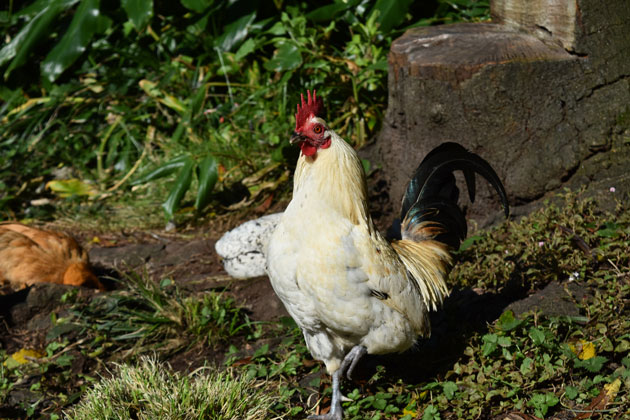
Signs of deficiency: dry, flaky skin on legs and top of feet; callused footpads with deep cracks that may bleed; chicks often have perosis, a lack of muscle coordination, and/or scissor or parrot beak; lesions at mouth corners which spread around the beak; sticky eyelids; broken, ruffled feathers; increased risk of bacterial skin infections, including bumblefoot.
Causes: improper diet (low-fat, high-energy), too much wheat.
Treatment/prevention: supplement with brewer’s yeast, cooked egg, especially breeding birds.
10. B9 FOLATE
Essential for good growth (especially in chicks, when cells and tissues are growing at their fastest), brain function, and feathering. Poultry are particularly susceptible to low folate levels compared to other livestock.
Signs of deficiency in chicks: chicks pip the shell at hatching, then die; stunted when hatched; perosis; deformed beak; poor feathering.
Signs of deficiency in adults: poor growth; weak, brittle feather shafts; coloured feathers faded; decreased egg production; weakness; severe anaemia (waxy-white comb, pale mucous membranes); low hatchability of eggs.
Causes: improper diet; feed stored in sunlight and/or high temperatures (which degrades folate); feed contaminated by mycotoxins; other deficiencies (B₁₂, iron, choline, vitamin C, zinc).
Treatment/prevention: supplements, feed greens such as spinach and mustard leaves.
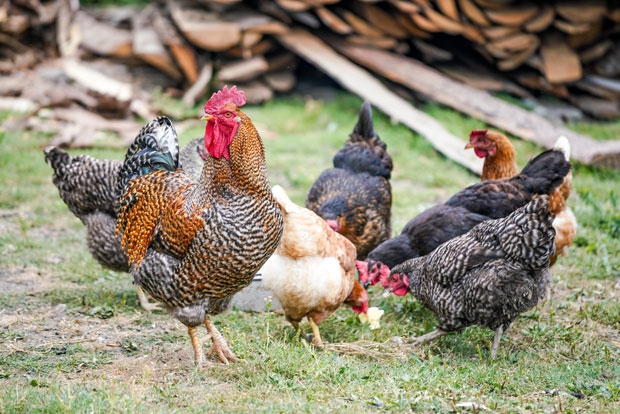
11. B12
Required for normal growth, including DNA formation, red blood cell production, feathering, and the health of the nervous system and heart. It’s rare for birds to suffer from a B₁₂ deficiency.
Signs of deficiency in chicks and adults: egg size decreases; decreased hatchability of fertile eggs from deficient parents; embryos die around Day 17 of incubation; stunted growth, poor quality feathers; leg weakness; perosis; anaemia; lowering appetite; weight loss.
Causes: improper diet, poor storage.
Treatment: B₁₂ supplement
12. BONUS: CHOLINE
Choline isn’t a vitamin or a mineral, but it is an essential nutrient, very similar to the B vitamins (it used to be known as vitamin B₄). A large egg can contain up to 170mg of choline, but it’s rare for adults to have a deficiency – scientists believe they may create their own choline.
Choline is required to maintain good growth and is essential to building and maintaining cell structure, bone growth, fat metabolism in the liver, and the nervous system.
Signs of deficiency in chicks: reduced/poor growth, perosis, fatty liver.
Signs of deficiency in adults: decreased egg production.
Cause: improper diet
Treatment/prevention: choline supplement; feeds high in choline such as soybean meal, wheat bran, fishmeal, meat meal, yeast.
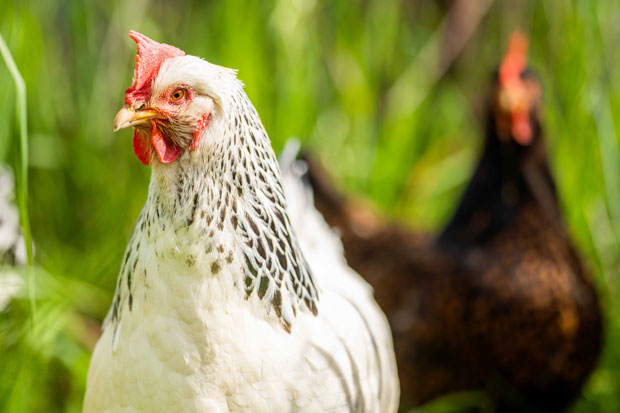
IS IT MAREK’S DISEASE OR A VITAMIN DEFICIENCY?
Marek’s disease is a highly contagious viral infection. The virus is shed by birds through feather follicles (dander) and spreads via dust. One type (nervous) causes the head to bend and twist due to affected nerves in the neck muscles. This can look the same as wry neck, which can be caused by a vitamin E deficiency.
Other causes of wry neck include:
•toxins, eg botulism;
•a head injury;
•a genetic fault.
If you have a bird with a twisted neck, the first thing to do is look for other signs of Marek’s. It almost always affects young birds (8-10 weeks to 20-24 weeks). If they’re younger or older, it’s unlikely to be Marek’s.
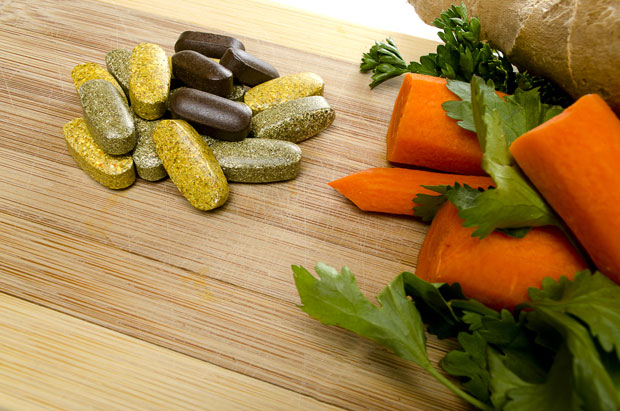
The most common symptoms of nervous Marek’s are depression or sudden death in a bird or birds aged 8-24 weeks, but you may also see:
• limping;
• swollen or bent toes;
• unable to bear weight on a foot or leg;
• progressive paralysis, one leg affected, then a wing, then both legs;
• fast paralysis, with one leg forward, one leg back;
• unable to stand;
• eyes cloudy grey, then blind;
• difficulty breathing.
8 WAYS TO ENSURE YOUR BIRDS GET THEIR VITAMINS
1. Ensure their feed is appropriate for their age, eg chick starter for 0-6 weeks or 0-16 weeks, pullet grower for 6-16 weeks, layer feed for 16-18 weeks+.
2. It’s easiest to feed commercially-made, nutritionally balanced pellets (or crumbles for chicks). If you make your own feed, it’s crucial to provide a balanced, nutritious diet that includes protein, key amino acids, carbohydrates, fats, minerals, and vitamins.
3. If you feed mash, make sure birds eat all of it, including the fine powder you might see at the bottom of a feeder, which is the vitamin/mineral pre-mix.
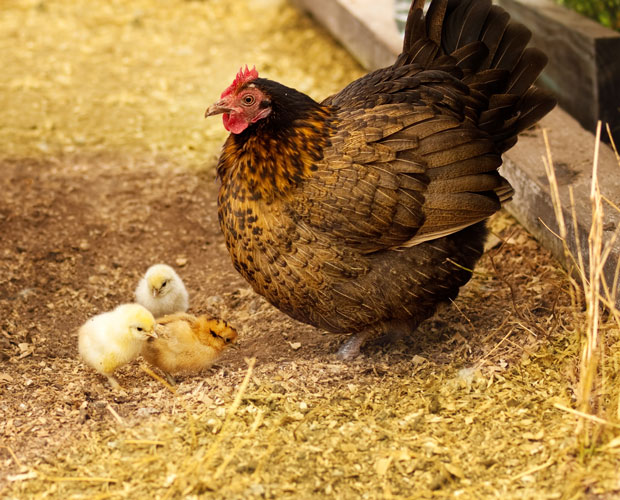
4. Store poultry feed in an air-tight, moisture-free container in a cool place, out of sunlight.
5. Only buy enough feed to last a month or so, as vitamins and fats degrade over time.
6. Provide chickens with fresh grass, greens, fruits, and other vegetables, but only after they’ve eaten their main feed.
7. Scratch grains such as wheat or scraps should be a treat food as they have limited nutrients and can cause digestive issues. Feed small amounts, 5-10g per bird, at the end of the day, after they’ve eaten their daily pellet ration.
8. Provide breeding birds, chicks, and birds suffering from illness with an avian vitamin and mineral supplement. There is a range of products available from specialist poultry stores.
MORE HERE
Love this story? Subscribe now!
 This article first appeared in NZ Lifestyle Block Magazine.
This article first appeared in NZ Lifestyle Block Magazine.
